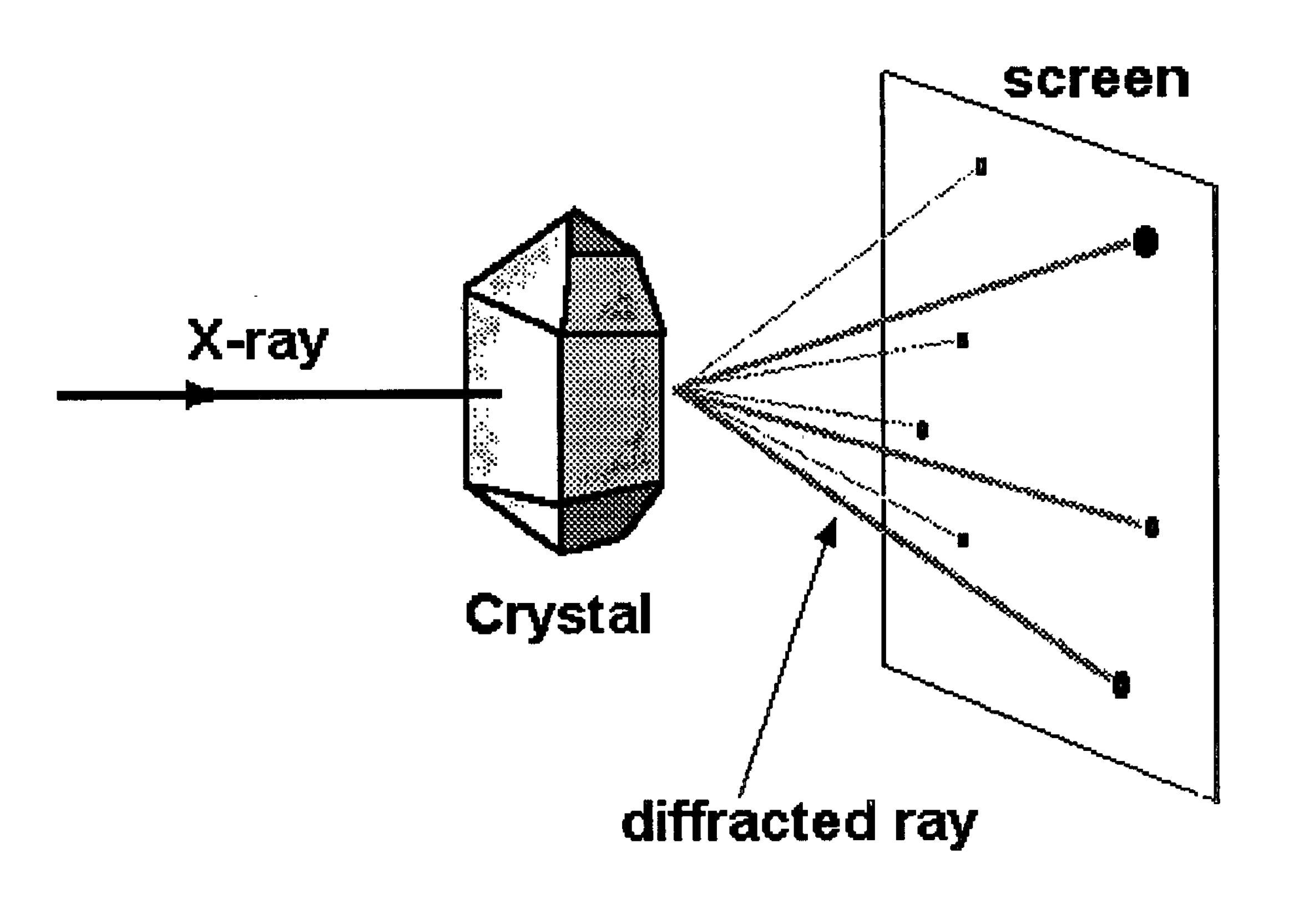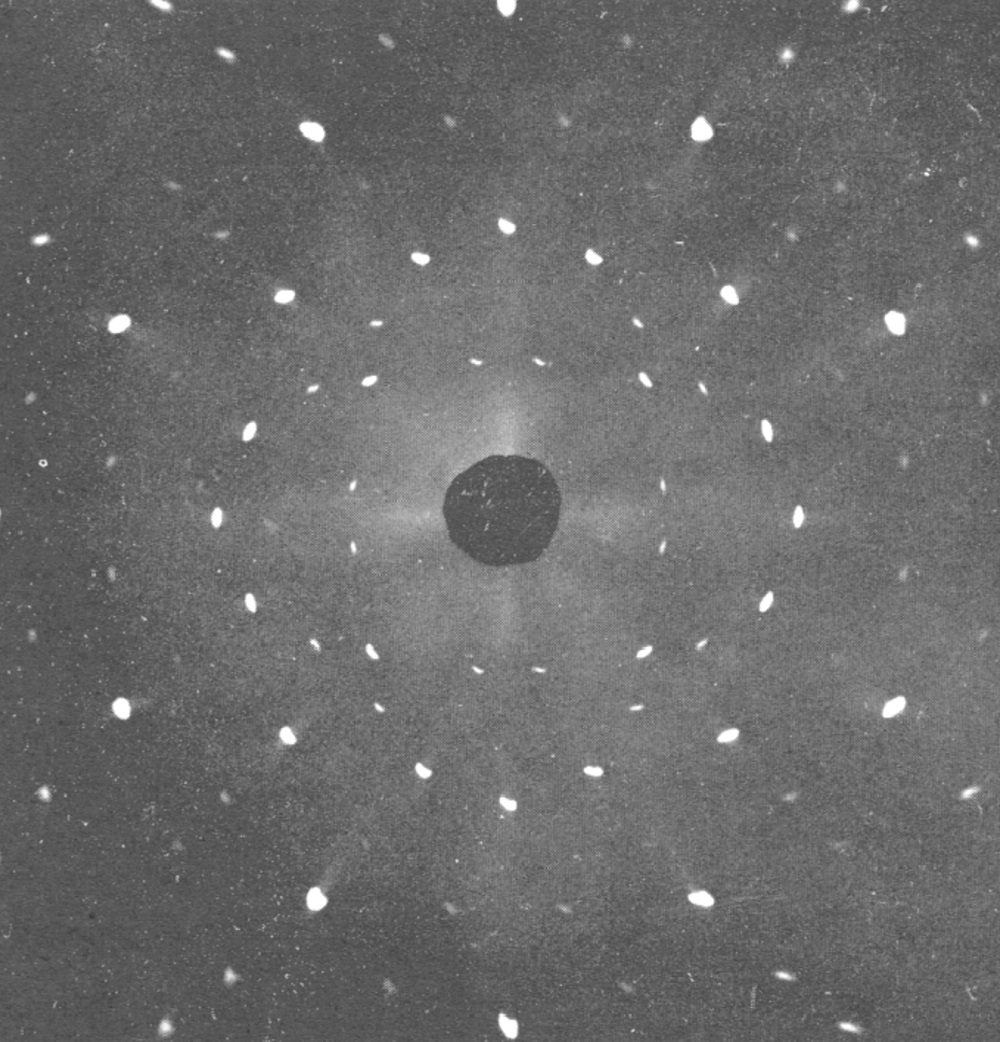
© Olena Shmahalo/Quanta Magazine
Often known as "the building blocks of mathematics," prime numbers have fascinated mathematicians for centuries due to their highly unpredictable and seemingly random nature.
However, a team of researchers at Princeton University have recently discovered a strange pattern in the primes' chaos. Their novel modelling techniques revealed a surprising similarity between primes and certain naturally occurring crystalline materials, a similarity that may carry significant implications for physics and materials science.What are primes?Prime numbers are integers (whole numbers) that can only be divided by themselves or the number 1, and they appear along the number line in a highly erratic way.
They begin as 2, 3, 5, 7, 11 and continue to appear intermittently all the way to infinity. However, the further along the number line you go, the more random the distribution of primes appears to be. The lack of any obvious pattern was
best summarized by British mathematician R.C. Vaughan: "It is evident that the primes are randomly distributed but, unfortunately, we do not know what 'random' means."
This disorder is not without its uses. Some of the most important types of modern cryptography are based upon the extreme unpredictability of very large prime numbers. For example, the widely used RSA encryption algorithm relies on the fact that it's easy to take two very large prime numbers and multiply them, but extremely difficult to take a very large number and figure out which primes were multiplied together to make that large number (the specifics of how this works
in the context of RSA encryption are explained in-depth here.)
Nonetheless, primes are still responsible for a number of unsolved problems in mathematics-such as the infamous
Reimann Hypothesis-and remain at the cutting edge of the field since they were first documented by the ancient Greeks.
A productive hunchChemists and physicists typically study the structure of a material by firing X-rays at a sample and observing how the rays scatter off the atoms within it. This process is known as X-ray diffraction, where different materials produce different patterns depending on how symmetrically their atoms are arranged.

© Theoretical Chemistry Group
A liquid, whose atoms are jumbled and moving, will scatter the X-rays all over the place and fail to create a pattern, whereas a crystal's rigid lattice of atoms-such as in salt or diamond-will diffract them in a more orderly manner due to their repetitive internal structure. Additionally, rare materials known as quasicrystals create similar diffraction patterns without having a repeating atomic structure. In both crystals and quasicrystals, the X-rays typically form a pattern of periodic bright spots known as "Bragg peaks" as the rays constructively interfere with each other over fixed intervals.
Last year, theoretical chemist and Princeton professor Salvatore Torquato had a hunch-what if prime numbers were modelled as atom-like particles? Would they create a pattern too?
Together with his student Ge Zhang and number theorist Matthew de-Courcy-Ireland, Torquato computationally represented the primes as a one-dimensional string of atoms and scattered light off them. The result, published in the
Journal of Statistical Mechanics: Theory and Experiment last week, was astounding:
not only did they create a quasicrystal-like interference pattern, but it was a type of fractal pattern that has never been seen before. Torquato told
Quanta Magazine that this implies prime numbers "are a completely new category of structures" when considered as a physical system.
Curiously, this uniquely fractal pattern only appears over sufficiently long stretches of the number line-over shorter stretches, the pattern fails to emerge. Known as "hyperuniformity", this is a rare property that only a few materials and systems in nature demonstrate, such as the arrangement of color-detecting cone cells in bird's eyes, certain emulsions and quasi-crystals, the large-scale structure of the universe, and as it turns out, prime numbers.
While the team's findings are not groundbreaking for number theory (as most of the relevant mathematics has been seen before in other forms), they may prove useful in a new research area known as "aperiodic order"-the study of non-repeating patterns.

© e-Radio.USX-ray diffraction from a single sodium crystal.
Much of the excitement surrounding the paper stems from its unique intersection between the physical and more abstract mathematical realms. Henry Cohn, a principal researcher at Microsoft Research who was not involved with the study,
told Princeton "it's a beautiful new perspective on this information, and it opens up new connections with materials science and scattering theory."
Additionally, the paper claims to have produced an algorithm that "enables one to predict primes with high accuracy." While the usefulness of such a tool is not yet known, it marks another step towards conclusively solving the enigma of prime numbers.
I'm no mathematician, but that sounds like a rather big deal for crypto.
Conversely.., I wonder if you can flip it and use the information to grow new kinds of crystals? Seems like a fun time to be in the hard sciences! Is this how we discover, "Unobtainium"?
Just pondering out loud...